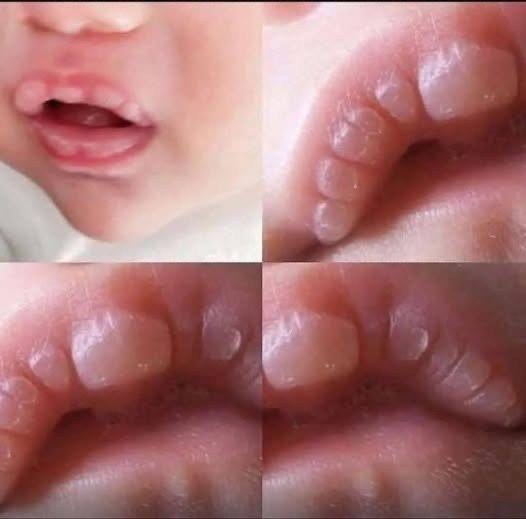Not every mark, mole, or spot on your skin should cause alarm, but some changes can be warning signs of something far more serious. Skin cancer—especially melanoma—can be deadly if ignored, yet it is also one of the most treatable cancers when detected early. The key lies in awareness: knowing your own skin, recognizing unusual changes, and acting quickly when something doesn’t seem right.
There isn’t just one way that skin cancer appears. That’s why doctors stress the importance of self-checks and routine awareness. Get to know the “map” of your skin—your moles, freckles, and birthmarks—so that you’ll immediately notice when something changes. Growth in size, shifts in shape or color, itching, bleeding, or wounds that don’t heal properly should all be taken seriously. If you see any of these signs, don’t postpone a visit to your doctor. Catching it early could save your life.
The Three Main Types of Skin Cancer
Skin cancer is not a single disease but is generally grouped into three categories: basal cell carcinoma, squamous cell carcinoma, and melanoma. Each type has its own patterns and appearances, and knowing the basics can make early detection easier.
Basal Cell Carcinoma (BCC)
Basal cell carcinoma is the most common type, making up about 70% of non-melanoma cases. While it rarely spreads throughout the body, it can still cause major local damage if left untreated. BCC usually develops slowly over months or even years, most often on sun-exposed areas like the face, ears, neck, or arms.
It may appear as a shiny or pearly bump, sometimes pink, red, or skin-toned. In other cases, it can resemble a rough patch or a sore that seems to heal but then returns. Some BCCs may ulcerate, becoming inflamed or crusty. Because these growths can look similar to minor irritations, people sometimes dismiss them. However, the sooner BCC is diagnosed, the easier it is to remove, often leaving little to no scarring.
Squamous Cell Carcinoma (SCC)
Squamous cell carcinoma accounts for roughly 30% of non-melanoma skin cancers. Unlike BCC, it often grows more quickly, sometimes developing in just weeks or months. Although most cases are treatable, SCC carries a higher risk of spreading—especially when found on the face, ears, or lips.
SCCs typically appear as thick, rough, red patches or as crusted, inflamed lumps that may bleed. They are often painful or tender to the touch and don’t go away on their own. Older adults and those with long-term sun damage or weakened immune systems face greater risk. With early diagnosis, treatment is effective, but ignoring SCC can allow it to become aggressive.
Melanoma
Melanoma is less common but by far the deadliest form of skin cancer. It spreads rapidly if not caught in its early stages, and unlike other types, it can appear anywhere—even in hidden places like the scalp, under nails, or the soles of the feet.
It often begins as a new mole or a change in an existing one. Warning signs include asymmetry, irregular borders, multiple colors, large diameter, or rapid evolution. Some melanomas may be flat while others form raised or bumpy growths. The most important clue is when one mole looks different from all the others—the so-called “ugly duckling” sign.
Nodular Melanoma
A particularly aggressive form, nodular melanoma grows downward into the skin rather than outward. Because of this, it can advance more quickly than other types. It usually shows up as a firm, raised bump that may be black, blue, red, or even the same color as the skin. With this type, early recognition and urgent treatment are absolutely essential.
What To Do If You See Something Suspicious
If you notice a mole, spot, or sore that concerns you, don’t wait and hope it improves. Book an appointment with a dermatologist. A quick skin check or biopsy can determine whether the spot is harmless or requires treatment. Depending on the diagnosis, treatment might involve a simple removal procedure or, in advanced cases, more complex therapies.
Tips for Self-Checks and Prevention
Know your skin: Regularly examine your body from head to toe, including hidden areas like the scalp, underarms, and between the toes.
Use the ABCDE rule: Watch for Asymmetry, Border irregularities, Color changes, Diameter larger than 6mm, and Evolution over time.
Protect yourself: Apply broad-spectrum sunscreen of at least SPF 30, wear protective clothing, hats, and sunglasses, and avoid tanning beds.
Don’t pick or scratch suspicious spots: Doing so can worsen irritation and risk infection.
See a doctor early: If in doubt, always get a professional opinion instead of ignoring changes.
The Bottom Line
Skin cancer doesn’t discriminate. It can affect anyone, regardless of age, gender, or skin tone. While many skin spots are completely harmless, some can mark the beginning of a life-threatening condition. The encouraging news is that most skin cancers, if detected early, are highly treatable.
Your skin is your body’s largest organ and serves as its first line of defense. Paying attention to changes, protecting it from harmful UV rays, and seeking help when something looks unusual are all steps that can make the difference between a minor issue and a serious illness. Awareness, vigilance, and timely action are your strongest tools in protecting both your health and your life.
